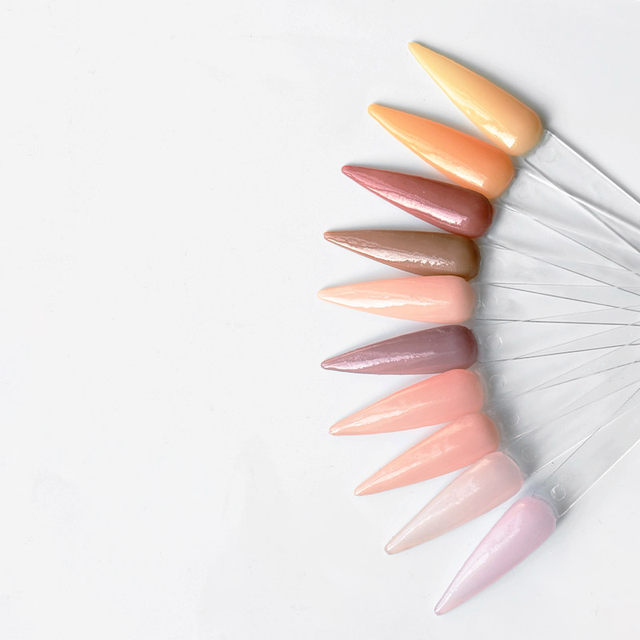Sanitation & Hygiene in Acrylic Powder Use
Proper sanitation and hygiene are essential when using acrylic powder to prevent the spread of harmful bacteria and infections. Maintaining a clean workspace and tools can extend the longevity of the products, ensure a professional image, and meet legal requirements. Failure to adhere to these regulations can result in legal issues, fines, or the loss of a license. By prioritizing proper sanitation and hygiene practices, nail artists can protect clients, prevent contamination, and build a successful career in the nail art industry.

Health and Safety
The importance of proper sanitation and hygiene when using acrylic powder extends to health and safety concerns. Acrylic powder tools and products can harbor harmful bacteria, which can lead to infections and other health issues. Proper sanitation and hygiene practices, such as disinfecting tools and workspaces and using clean products, can help prevent the spread of bacteria and infections. Nail artists and technicians should also be careful not to inhale acrylic powder dust, as it can irritate the lungs and cause respiratory issues. Additionally, using a mask and proper ventilation can help reduce the risk of inhalation. Health and safety should always be a top priority in the nail art industry to ensure the well-being of clients and technicians.
Longevity of Products
Proper sanitation and hygiene practices when using acrylic powder can also help extend the longevity of the products. Contaminated tools and workspaces can cause acrylic powders and other products to degrade more quickly, leading to lower-quality nail art. Clean tools and workspaces can help prevent contamination and ensure that products are used to their fullest potential. Additionally, proper storage of acrylic powders and other products can also help extend their lifespan. Acrylic powders should be kept in a dry, cool place to prevent moisture from affecting the quality of the powder. Proper storage can help prevent clumping and other issues that could affect the quality of the nail art. By using clean tools, workspaces, and properly stored products, nail artists can produce high-quality nail art that lasts longer and looks better. This can lead to greater customer satisfaction and a more successful career in the nail art industry.
Professionalism
Proper sanitation and hygiene practices when using acrylic powder can also have a significant impact on a nail artist’s professionalism. A clean and hygienic workspace shows clients that the nail artist takes their work seriously and prioritizes their health and safety. Clients are more likely to return to a nail artist who takes sanitation seriously, as it shows attention to detail and care for the client. In contrast, a messy or unclean workspace can give clients a negative impression of the nail artist’s professionalism, leading to a loss of business. Maintaining a clean and organized workspace can also help nail artists work more efficiently, which can result in higher productivity and more satisfied clients. By prioritizing proper sanitation and hygiene practices, nail artists can create a professional image and build a successful career in the nail art industry.
Legal Requirements
Proper sanitation and hygiene practices when using acrylic powder are also legally required in many states and countries. These regulations are in place to protect both clients and technicians from the spread of harmful bacteria and infections. Failure to adhere to these regulations can result in legal issues, fines, or the loss of a license. Nail artists and technicians should be aware of the specific requirements in their area and take steps to ensure compliance. This may include regular inspections, record-keeping, and updating practices to meet changing regulations. By understanding and following these legal requirements, nail artists can ensure the safety of their clients and the longevity of their career in the nail art industry. Proper sanitation and hygiene practices are not only necessary for health and safety concerns but also for legal compliance.